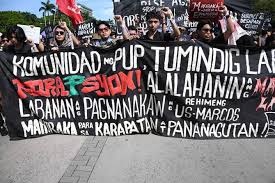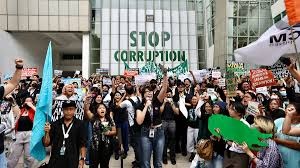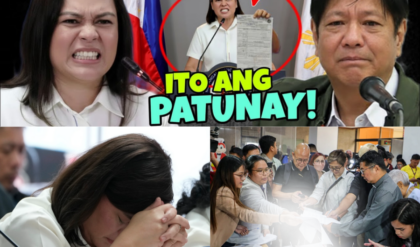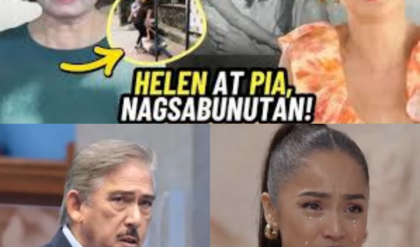Manila, Philippines – The quest for justice for Eric Saber, a 35-year-old man shot dead during chaotic anti-corruption protests on September 21st, has become a focal point of the debate over police conduct and official transparency in the Philippines. While authorities initially dismissed claims of gunfire and denied responsibility, mounting witness accounts and video evidence suggest a dangerous contradiction between the official narrative and the reality on the ground.

A Life Interrupted: The Death of Eric Saber
The image Eric Saber’s family chooses to remember him by—a simple, smiling portrait—stands in stark contrast to the painful, violent circumstances of his final moments. Saber was struck by a bullet while crossing a street near the protest site, reportedly on his way home from work.
“It is so clear that in the video he was just crossing the street when he got shot,” a family representative stated, emphasizing the victim’s innocence and non-involvement in the violence.
The initial response from authorities compounded the family’s grief and suspicion. Before an independent examination, Eric’s death certificate reportedly failed to indicate that he died from a gunshot wound. Authorities also outright denied that gunshots were fired during the dispersal of the protests. This denial immediately fueled skepticism among protesters and human rights advocates, who documented a rapid and violent escalation of force.
The Conflicting Narratives: Rioters or Armed Men?

The area where Eric Saber was fatally shot was near a motel allegedly targeted by protesters. Officials claimed demonstrators had randomly ransacked the motel lobby, attempting to justify the heavy-handed response.
However, witness testimony gathered from the scene directly challenges this claim:
Witness Accounts: Several witnesses stated that the demonstrators did not randomly storm the motel but were instead chasing armed men who had retreated into the vicinity.
Video Corroboration: Video footage obtained by Al Jazeera reportedly corroborates this alternative account, suggesting the violence was triggered by the presence of armed individuals who were not part of the protesting crowd.
Adding further complexity, officials acknowledged the existence of a photograph showing three men carrying guns near the incident site, yet insisted these individuals were “rioters”—a claim a concealed witness denied.
A protester, whose identity remains concealed for fear of reprisal, told reporters he personally witnessed one of these armed men fire his weapon, and affirmed that the man was not a fellow demonstrator.
“The anger I set aside during that peaceful march came back to me, and I was like, ‘No way.’ These are from the people who are meant to protect us countrymen… Who are you going to call when it’s the police who’s doing the bad stuff, right?” he questioned, articulating a deep sense of betrayal and vulnerability.
Calls for Accountability Amidst Excessive Force Claims

Human rights advocates have criticized the official response as disproportionate and chaotic. While acknowledging that some police officers were physically attacked by elements within the crowd, advocates argue that the overall police reaction was “excessive.”
“We have seen videos where the police were clearly beating up protesters, trying to catch one after another, and we don’t even know if they have identified them properly,” said one advocate, arguing that the situation escalated far too quickly. “It was clear that they were at the back end when it comes to dealing with the situation properly.”
The police, while denying responsibility for any death or wrongful arrest, have publicly committed to an investigation. “If critics can present credible witnesses, we are open to hearing them,” a police spokesperson stated. “As we always say, our investigations are transparent and we will hold our personnel accountable if we have to.”
This commitment to transparency is precisely what Eric Saber’s family and critics are demanding: a truthful, impartial investigation to establish the facts, identify those responsible for the gunfire that killed an innocent civilian, and deliver justice in a climate where trust in the protectors of the public is rapidly eroding.





